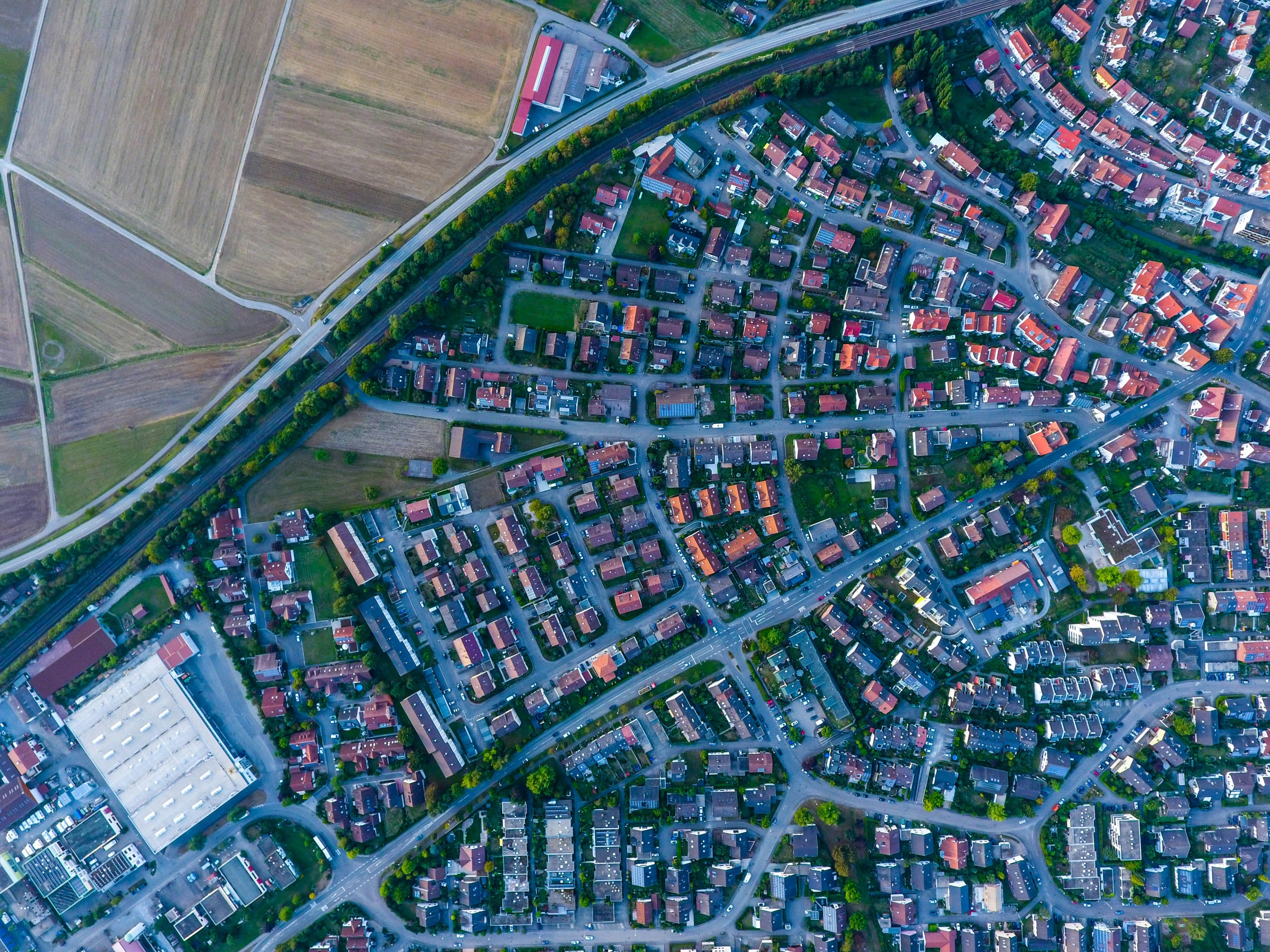If you’ve been following Streetsblog for a while, you might have heard of famed planner/engineer/all-around transportation superstar Roger Millar, not least for his recent leadership as the head of the Department of Transportation in Washington state. But you might not have heard that, while at WashDOT, Millar and his team did something quietly radical: they challenged every decision maker in their state to confront the role of land use in saving lives in our roads, by changing the very framework on which the state’s Vision Zero program rests.
On this episode of The Brake, we sit down with Secretary Millar on the eve of his departure from WashDOT to talk about not just why that change could be so impactful, but how he wants his career to be remembered, even as he transitions to a new chapter. And along the way, we get into a deeper conversation about what state DOTs are really for, and how advocates can push them to do better.
The following excerpt has been edited for clarity and length.
Streetsblog: What was behind the decision to add "safe land use" to Washington's "safe systems" framework? What do you think changes when we make that shift?
Millar: I think the genesis of it, for me, was conversations with people in the public health community. The National Complete Streets coalition has grown to include the public health community, and they bring a different perspective.
In addition to being a civil engineer, I am a planner; I'm a fellow of the American Institute of Certified Planners, and I've been a planning director in a couple of communities over the course of my career. And what I realized in talking to my colleagues on the Traffic Safety Commission here in Washington State is [that] they tend to focus on impaired driving, distracted driving, speeding. [But] what do all car crashes have in common? What all car crashes have in common is cars. And if you have a threat to public health, the public health community says the first thing you do is, you separate people from the threat.
So how do you separate people from cars? I'll be the first to acknowledge that we have a car-centric culture and a car-centric economy. If you think about how many people are employed in designing and building automobiles, selling automobiles, servicing automobiles, fueling automobiles, ensuring automobiles, what have you — cars are going to be here. But can we provide options — safe options — for people to get around that don't involve automobiles.
At least 25 percent of us don't drive. We're too young, we're no longer able, while we're not willing, or in some cases, [the government] won't let you. In Washington state, that's two million people who do not drive a car. We're responsible for them too.
So my thought was: if we can create spaces, communities, neighborhoods, centers that are built around mobility or access that does not involve an automobile, or that minimizes the use of automobile, we would be safer. We have to have this safer land use component to the safe systems.






